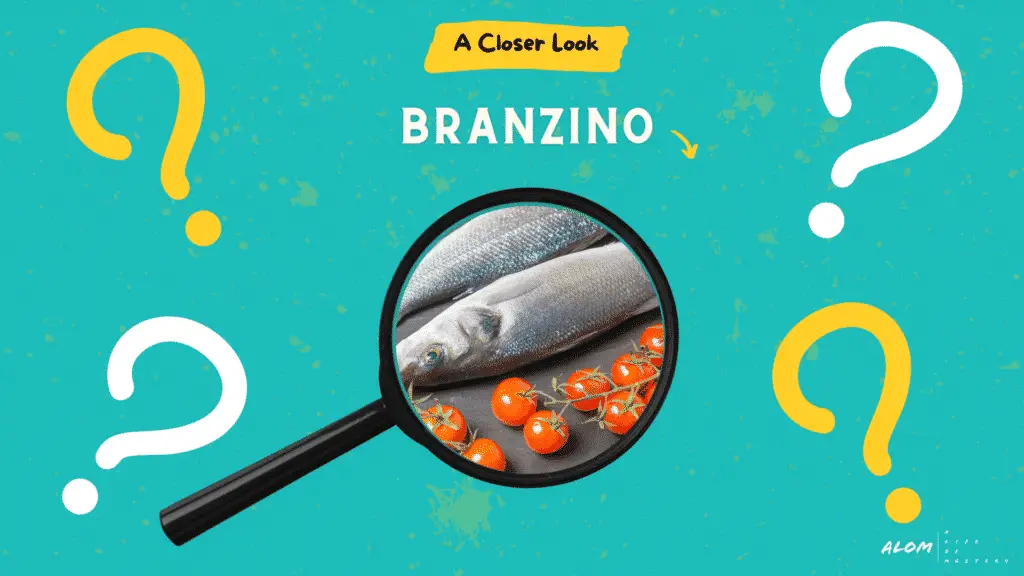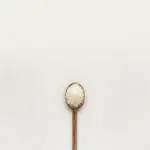Table of Contents
Considered one of the healthier fishes you can eat, a typical branzino fish comes in at under 300 calories – a steal for the amount of flavor and food that you are able to get out of it. Rich in omega-3 and fish oil (what a surprise!), it is one of the better fish to eat if you are trying to keep yourself healthy and active.
Native to European waters, this Mediterranean fish is highly valued all around the world for its comparatively mild flavor to other fish. Despite them being able to grow up to a meter in length when in the wild, they are typically cultured in controlled conditions to a size of 0.5 meters, or around 1-2 pounds.

Its widespread use in local dishes and cultures has led to it adopting many different names from around the world, with each different group putting its own mark on this exceptionally versatile fish. Some of our favorites are:
- Sea Bass
- King of the Mullets
- Capemouth
- Sea Perch
But there are many more that have crept up in the past few decades.
A Closer Look at Branzino

To a chef, branzino has a lean, light, and flaky flesh that is perfect for absorbing both aromas and flavors. It is especially well suited to techniques that require being roasted or grilled whole as it lacks any large bones to get in the way. Simply adding fresh aromatics such as a bundle of herbs and olives will amplify the taste tremendously. As will the addition of fresh lemon as is common with most other fish dishes. Since the typical branzino fish that you purchase from a store will be around a pound in weight, it takes very little time to cook and you could easily expect to bake it whole in under 30 minutes. Grilling is even faster at just 15 minutes with a flip halfway through.
A fisherman’s opinion may be a little different to the chefs’, as unlike many other fish that are regularly harvested for food, the branzino takes several years to properly mature and so a fisherman may only catch a dozen generations in his career.
How To Store Branzino

If you are buying the fish fresh from a market or you have caught one yourself, you have no longer than 3 days to use it once it makes it to your fridge – which is where it should stay. And in the freezer, it should be very tightly wrapped to keep it as fresh as possible for as long as possible. If you have and qualms about freezing fresh fish, then it may surprise you to learn that almost all fish that makes it to your local supermarket has already been frozen when it was caught.
It is common for large supermarkets to receive deliveries of frozen fish and then to defrost them on-site for display; those few places that don’t are not selling you fresher fish than the other options, instead they are selling older fish

Branzino FAQs
What Species Is A Branzino Fish?
Officially designated as D. labraxthe this fish is a common, night hunting fish that feeds on fish and invertabrates alike with a reduced level of social activty with other fish.
Where Can I Find It?
It is typically very easy to find! But be aware that it may not be called branzino where you purchase it from, instead it might use a different name such as:
- Sea Bass
- King of the Mullets
- Capemouth
- Sea Perch]
- Common Bass
Is It Healthy?
Coming in at 200-300 calories per fish (on average), it is one of the healthiest fish that you can find without catching it yourself. It contains excellent amounts of fatty acids and fish oil, as well as being full of healthy selenium that will keep your body healthy and your mind sharp.
What Can I Substitute It With?
The main characteristic of a branzino fish is simply its flaky, lean flesh. Any similar fish such as Tilapia and Atlantic Croacker are excellent options if you find that you can’t source any nearby. However, it will be hard to replicate the exact cooking method as the one described above is specifically for this type of fish.
Is It a Sustainable Fish?
Officially, on the conservation scale they are considered not at threat – although this wasn’t always the case! Overfishing had led to a gradual population decline in the past, and it was only through the use of manual fish farming and raising that fishermen have been able to start to restore the original levels in the wild.










